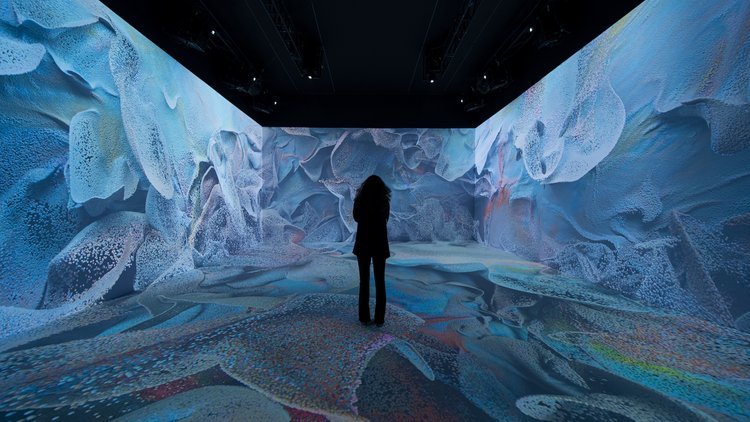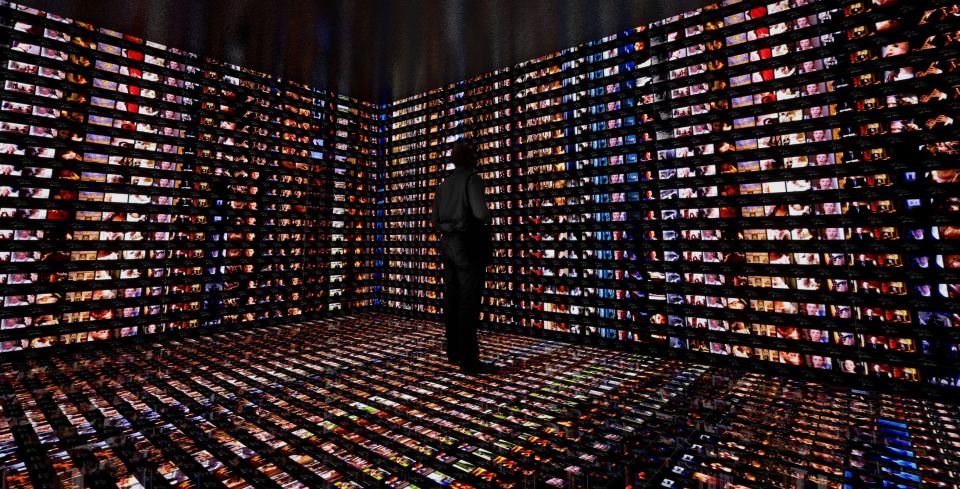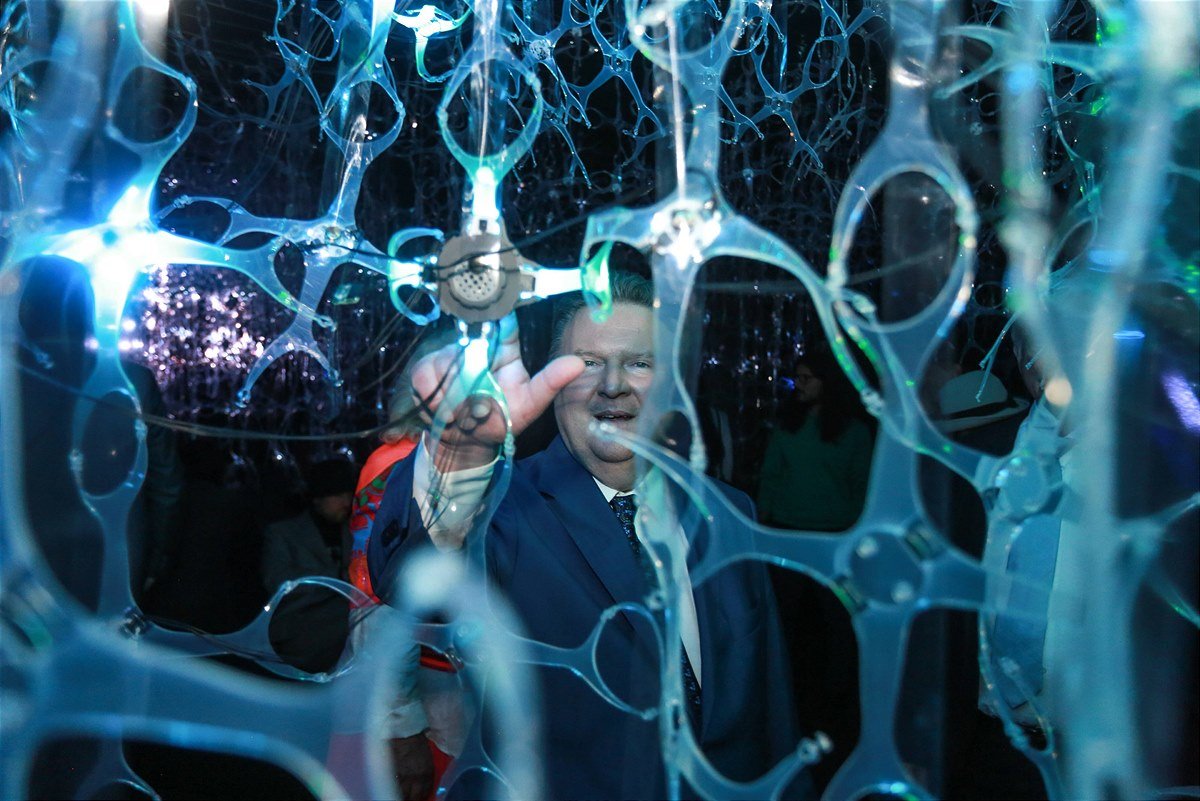
MYTHOS MOZART
MEMORIALISING MOZART: IMMERSIVE AUDIO TRANSFORMS A FORGOTTEN VIENNESE LANDMARK INTO AN INNOVATIVE MUSEUM SPACE
Few cities in the world hold as rich of a musical patrimony as Vienna. And no composer has had a more enduring impact on Vienna than Mozart. Many years in the making, Mythos Mozart, Vienna's newest museum space, is a 1,500-square-meter multimedia homage to the Austrian composer's genius.
Mythos Mozart’s aim is to immerse visitors into Mozart’s world, beginning with its location in Vienna’s first district at the site of the “Kayserhaus,” the last of 14 Viennese residencies Mozart called home. The “Kayserhaus” stood a stone’s throw from St. Stephan’s Cathedral, in a block now occupied by the famous Steffl Department store, and is where Mozart lived and composed final works like the “Magic Flute” and the “Requiem” in 1971.
Creative interpretations of Mozart’s world comprise the 60-minute visitor experience. Picture taken from GetYourGuide.
Tasked with creating a harmonious listening experience throughout an ambitious range of audiovisual moods, Amadeus Acoustics matched soundscapes created by prominent Austrian composer Walter Werzowa and creative visuals by British-German light designer Moritz Waldemeyer, Austrian-Iranian director Arash T. Riahi, and Turkish-American new media artist Refik Anadol. Musical performances by Rolando Villazón, Aleksey Igudesman, and Elise Caluwaerts accompany performances by students of the University of Music and Performing Arts Vienna.
Mythos Mozart is the latest Amadeus Acoustics project to use 3D modeling to create larger-than-life storytelling through immersive audio. The exhibition begins in "Requiem - Mozart's Death," a mysterious room with 1,500 candles. In this initial room, Amadeus Active Acoustics creates huge cathedral acoustics, letting the spectators interact with the touching sounds of Mozart's last piece.
Three Amadeus Cores are used across the acoustic journey, which celebrates both the historical and broader cultural legacy of Mozart’s life and work. The experience includes unconventional interpretations that use numerous world music instruments such as a West African kora and Chinese erhu. In other rooms, microphones in the floor area, so that sounds like shoes on the floor are blown up to create a more immersive sense of space.
Refik Anadok’s Machine Intelligence reimagines Mozart through otherworldly encounters.
“If the soundscapes are not coordinated perfectly, exhibition goers will immediately perceive the environment as uncomfortably artificial. We experienced this when initially, the organizers wanted to replicate the acoustic of St.Stephen's cathedral in one room but were ultimately dissatisfied with the faithful sound replica. By tweaking, we realized that a more theatrical sound was the appropriate choice,” commented Volker Werner, Amadeus Acoustics. This layered creative experimentation that built up to the desired immersive audio experience also included Walter Werzowa’s active input.
The Amadeus Acoustics design team situated over 300 loudspeakers match the sound requirements of widely varying visual elements. A lot of additional technology was required to accommodate crucial constraints like the space’s low ceiling heights and relatively small room volumes.
Vienna Mayor Michael Ludwig demonstrating the “all-ages” appeal of Mythos Mozart at the September 2022 opening of the museum installation. Credit Marcus Deak.
It has been a privilege to be an active part of the creation of a major Viennese cultural destination, and it is always fun to animate soundscapes that defy conventional demands
— Fabio Kaiser, Amadeus Acoustics



